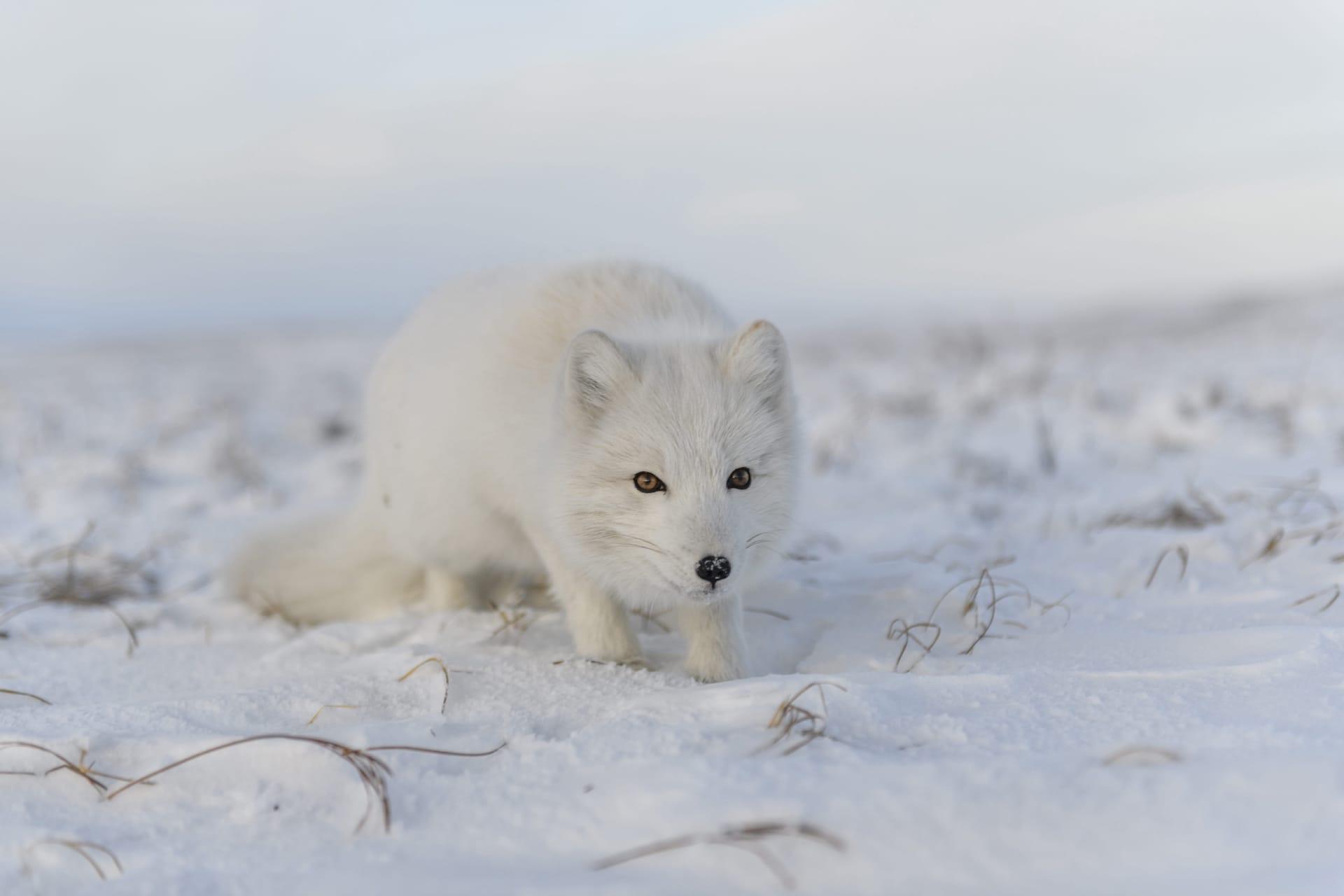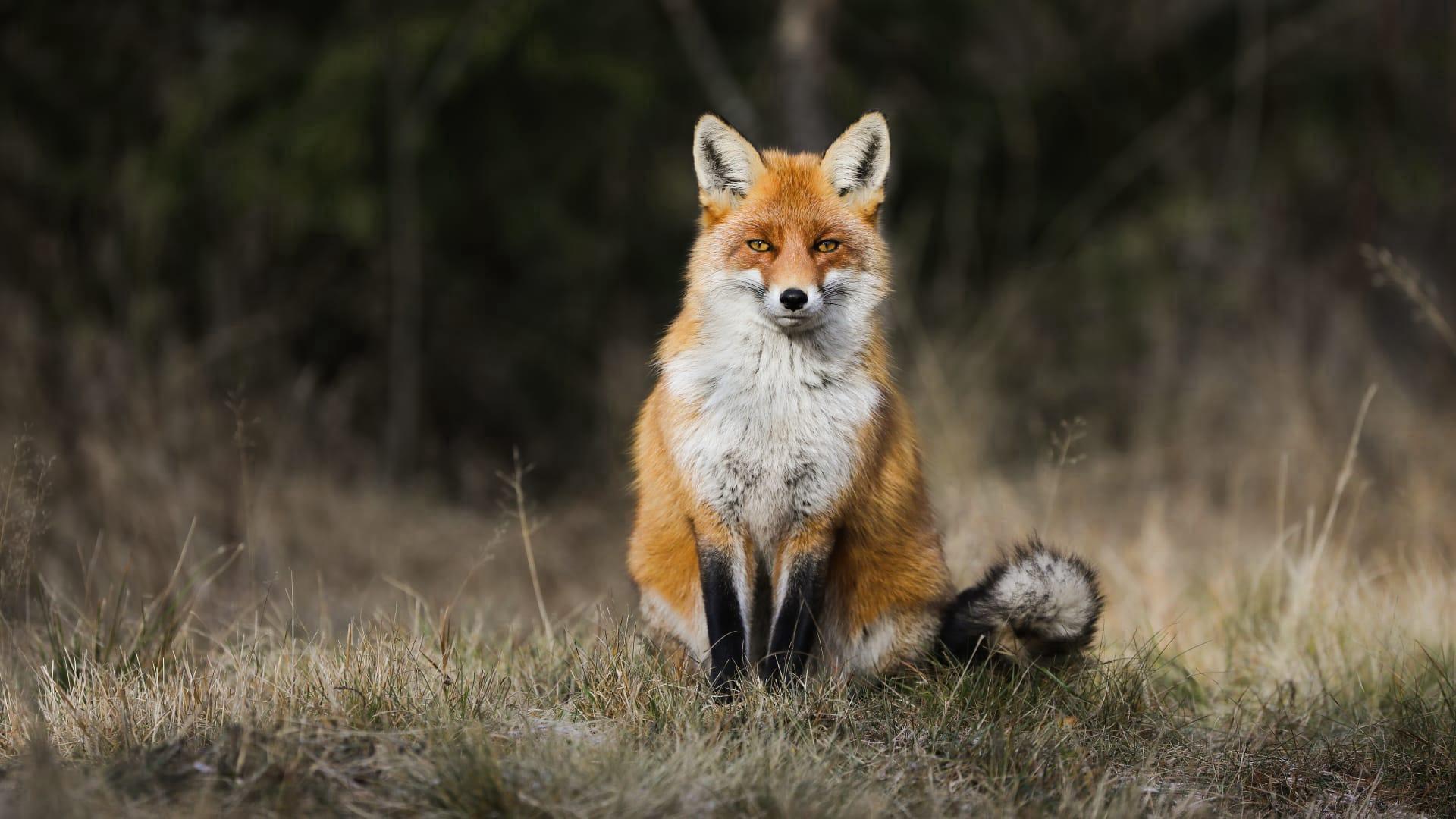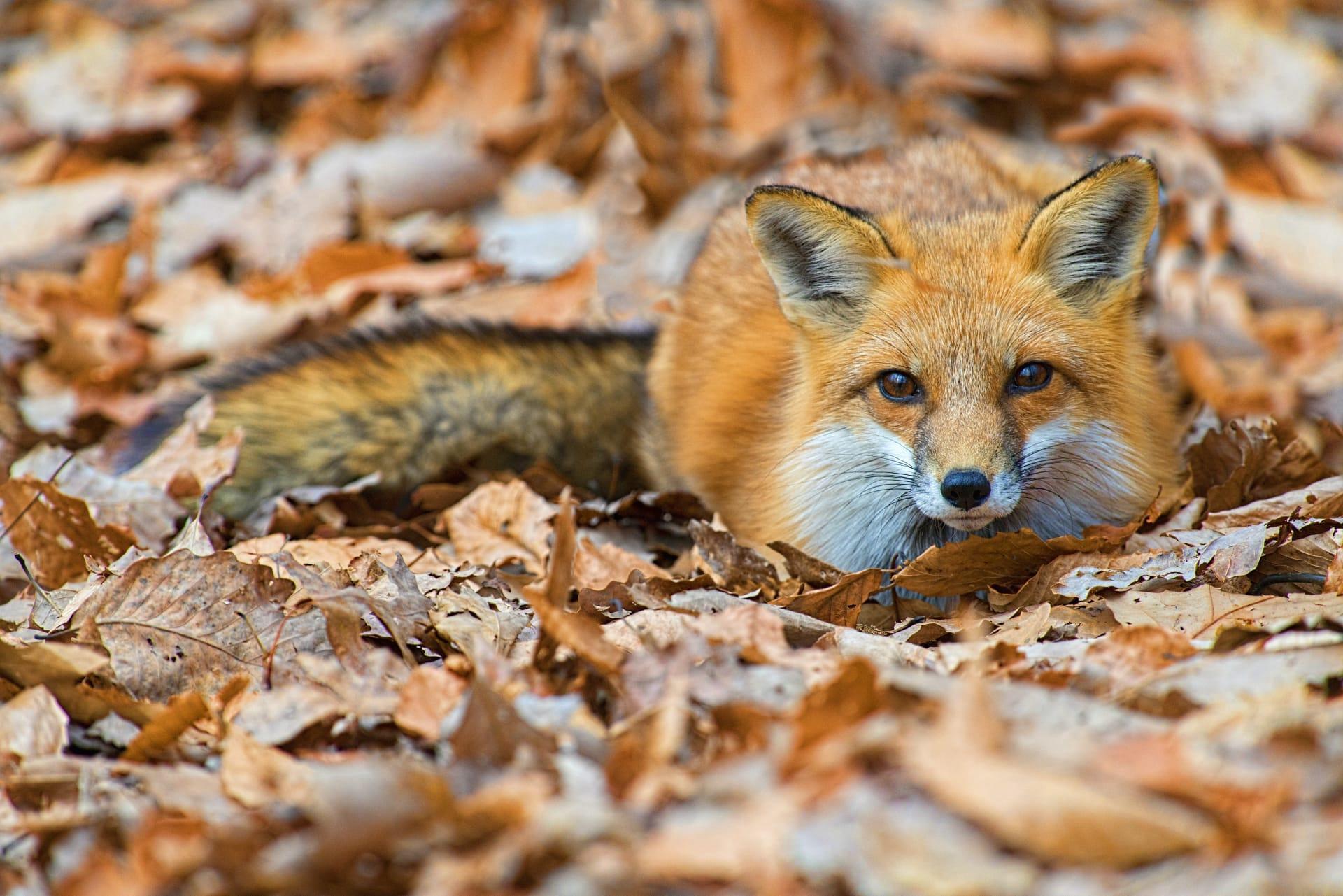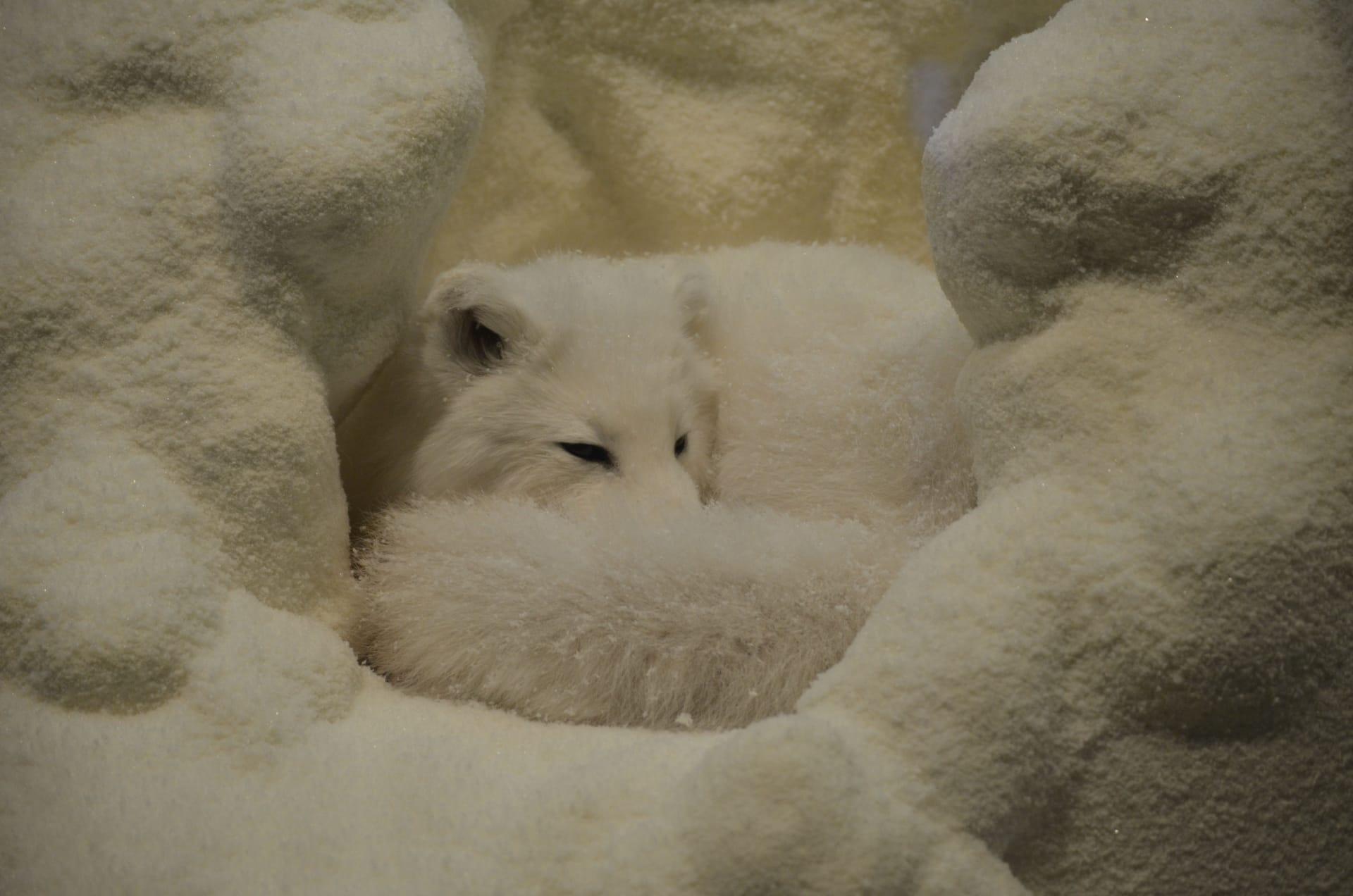Fox
- Home /
- Mini Encyclopedia /
- Animal /
- Fox
1
Foxes belong to the Canidae family and are classified into about 37 species. The most common species, the red fox (Vulpes vulpes), stands out for its adaptability and widespread presence. The Arctic fox (Vulpes lagopus), known for its white coat in winter, is a species well adapted to cold environments. The fennec fox (Vulpes zerda), the smallest of the family, is notable for its large ears, which enhance its hearing and help dissipate heat in desert habitats. Other species include the gray fox (Urocyon cinereoargenteus), known for its ability to climb trees, and the swift fox (Vulpes velox), a small prairie-dwelling fox in North America.
Foxes are found on every continent except Antarctica, showcasing their incredible adaptability. The red fox, in particular, has an extensive range, spanning across the Northern Hemisphere, from the Arctic Circle to North Africa, North America, and Eurasia. In Australia, where they were introduced for hunting in the 19th century, they have become a significant pest. The Arctic fox is predominantly found in polar regions, while the fennec fox inhabits the Sahara Desert and other arid regions in North Africa. The gray fox is primarily found in North and Central America, preferring wooded areas, while the swift fox is native to the western grasslands of North America.

2
Question: Do foxes attack humans?
Answer: Contrary to popular belief, foxes rarely attack humans. They are naturally wary of people and usually flee rather than face confrontation. Instances of foxes biting people are extremely rare and often involve young or sick foxes. In urban areas, foxes may appear less fearful of humans due to familiarity, but they still generally avoid close interaction. Foxes are more likely to scavenge for food in human habitats, leading to the misconception that they are aggressive towards humans.

3
Foxes exhibit a range of survival strategies that showcase their adaptability and intelligence. One of their key strategies is their varied diet. Foxes are omnivores, eating a diet that includes rodents, birds, insects, fruits, and vegetables. This flexibility in diet allows them to survive in diverse environments, from urban areas to remote forests.
Another survival tactic is their solitary and stealthy hunting style. Foxes usually hunt alone and rely on their keen hearing and smell to locate prey. They are known for their iconic hunting technique, the 'mousing leap', where they pounce on their prey hidden under snow or vegetation. Furthermore, foxes are adept at storing excess food, burying it for later consumption, a behavior known as caching. This helps them survive in times when food is scarce.

4
In ecosystems, foxes play a crucial role in maintaining balance. As predators, they help control the populations of rodents and other small mammals, which can become pests if left unchecked. This predatory behavior aids in the health of the ecosystem, preventing overgrazing of vegetation by herbivores.
Foxes also contribute to seed dispersal through their diet. By consuming fruits and other plant materials, they spread seeds through their droppings, aiding in plant propagation and forest regeneration. Their role as both predator and seed disperser demonstrates their importance in ecological networks, influencing both the animal and plant communities in their habitats.

5
Film: "Foxes: Wild and Elusive" (USA, 2020) explores the secretive world of foxes in different environments. The documentary provides a close look at their behavior, adaptability, and the challenges they face in the wild and urban landscapes. It showcases stunning footage from various habitats, offering insights into the lives of these fascinating creatures.
Book: "The Hidden World of Foxes" by Sarah Anderson (UK, 2019), delves into the mysterious life of foxes. Anderson combines scientific research with personal observations to paint a comprehensive picture of fox behavior, social structures, and survival tactics.
Book: "Foxes Unearthed: A Story of Love and Loathing in Modern Britain" by Lucy Jones (UK, 2016), examines the complex relationship between humans and foxes in Britain. Jones blends natural history, cultural analysis, and personal narrative to explore how foxes have been perceived and treated throughout history, and what they tell us about our relationship with the natural world.